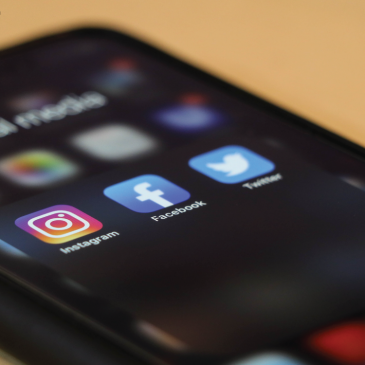Recently, alcohol companies have begun to use influencer marketing to promote their products on social media. In particular, influencers are being used to promote non-alcoholic beverages during times when alcohol advertising is normally restricted. Given that social media is highly prevalent among adolescents, exposure to increased marketing efforts of alcohol-flavored non-alcoholic beverages could increase the likelihood of adolescents engaging in underaged drinking. This week, The DRAM reviews a study by Chun-Yin Hou and colleagues that examines whether exposure to influencer marketing of non-alcoholic beer was associated with adolescents consuming and purchasing alcohol in Taiwan.
What was the research question?
Does exposure to influencer marketing of non-alcoholic beer impact adolescents’ intentions to purchase and consume alcohol?
What did the researchers do?
The researchers conducted a cross-sectional survey in which they collected data from 36 schools located in both urban and rural areas of Taiwan. In total, the researchers collected data from 3,121 participants (1,649 girls and 1,472 boys) aged 15-18. Survey topics included participants’ previous non-alcoholic beer and alcohol consumption, any cigarette smoking, their future intentions to buy and consume non-alcoholic beer and alcohol, and their level of exposure to influencer marketing. The survey also included questions about how their parents monitored their behavior.
What did they find?
Nineteen percent of participants consumed non-alcoholic beer in the last year and 28% had consumed alcohol. Exposure to influencer marketing was positively associated with the odds that participants purchased and consumed non-alcoholic beer. When combined with lower levels of restrictive parental supervision, influencer marketing exposure also increased the likelihood that participants purchased and consumed alcohol. Drinking non-alcoholic beer, as well as cigarette smoking, were strongly associated with intentions to buy and consume alcohol (see Figure).

Figure. This figure depicts the odds ratios of adolescents’ intentions to purchase and consume alcohol based on four different factors. For example, participants who smoked cigarettes have 4.52 times greater odds of reporting that they intended to purchase alcohol compared to participants who did not smoke cigarettes. Click image to enlarge.
Why do these findings matter?
This study found that permissive parenting and exposure to influencer marketing of non-alcoholic beer were associated with adolescents’ intentions to consume and purchase alcohol. This suggests that adolescents may not be able to understand or protect themselves against the persuasiveness of influencer marketing. Accordingly, steps should be taken to ensure that adolescents can critically process social media content and understand how it may influence their decisions. These findings also suggest that non-alcoholic beer consumption may act as a gateway to underaged drinking. Currently, non-alcoholic beer is not subject to the same advertising regulations that alcoholic drinks are, but these findings suggest that non-alcoholic beer advertising may also be detrimental to adolescents’ health and wellbeing.
Every study has limitations. What are the limitations in this study?
The results of the study were based on responses from adolescents ages 15 to 18. Given that the legal drinking age in Taiwan is 18, the participants either were, or were close to, the legal drinking age. For this reason, future researchers should consider replicating these findings in other age groups, such as younger children. The study was also cross-sectional, which means that the results of the study cannot establish causality between influencer marketing exposure and alcohol purchase and consumption. Similarly, the participants in the study had to recall their level of exposure to influencer marketing in the year prior to the study. This question relied on self-report, which means that it was susceptible to different forms of bias. The participants’ responses might also be inaccurate due to memory recall issues.
For more information:
The National Institute on Alcohol Abuse and Alcoholism has tips and resources for people struggling with problem drinking. For additional drinking self-help tools, please visit our Addiction Resources page.
— Seth McCullock, PhD
What do you think? Please use the comment link below to provide feedback on this article.




